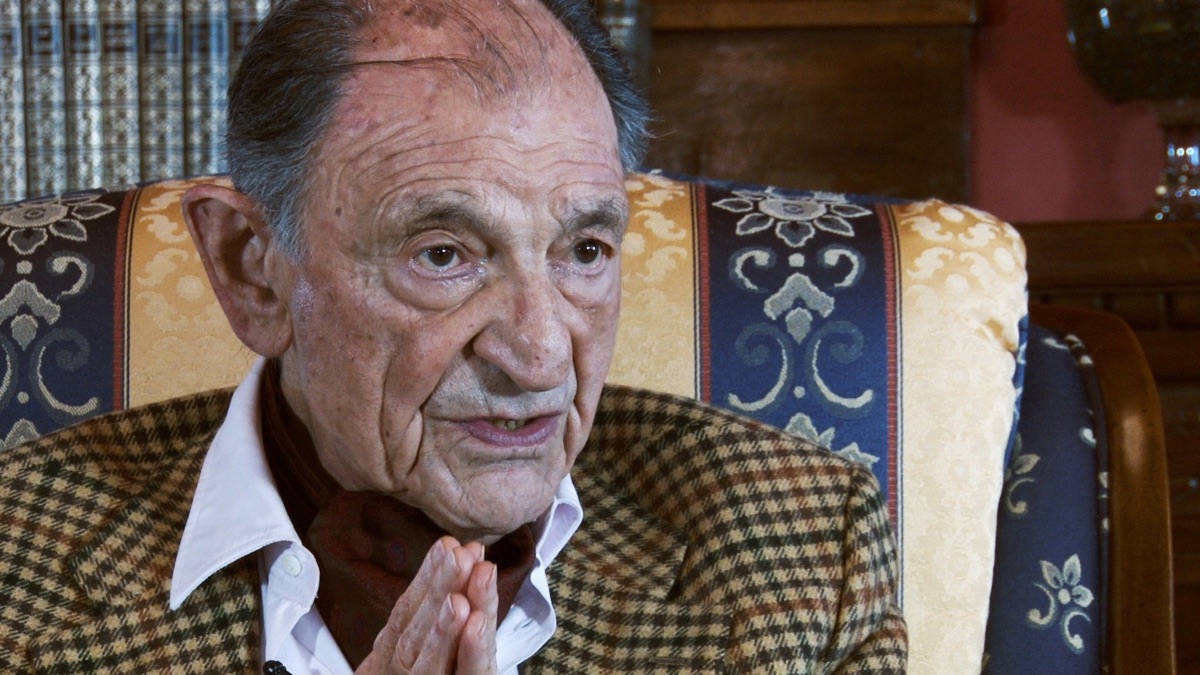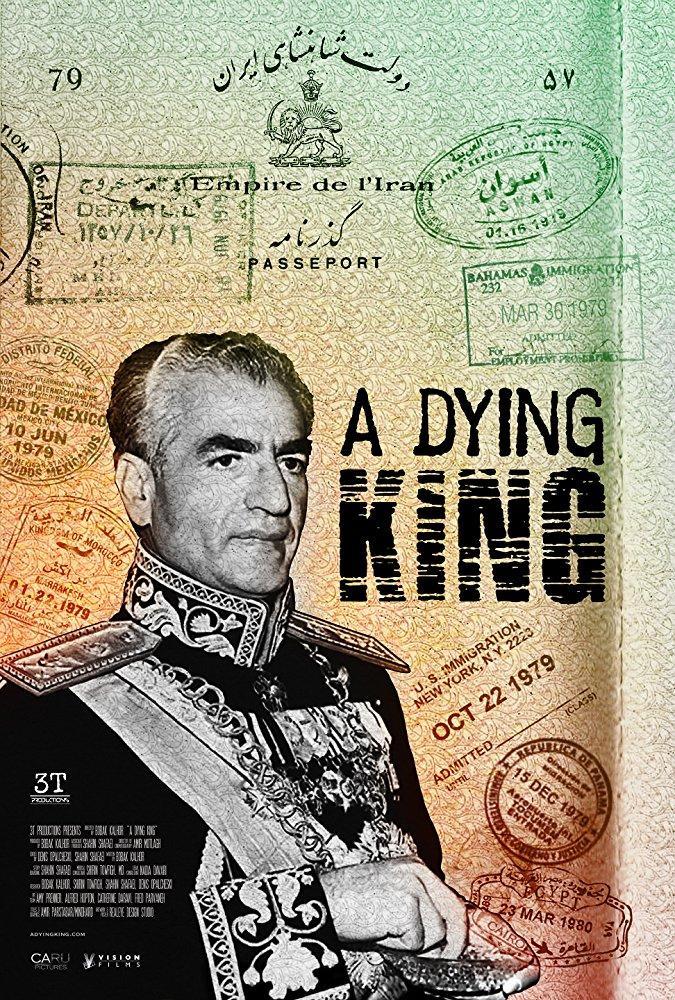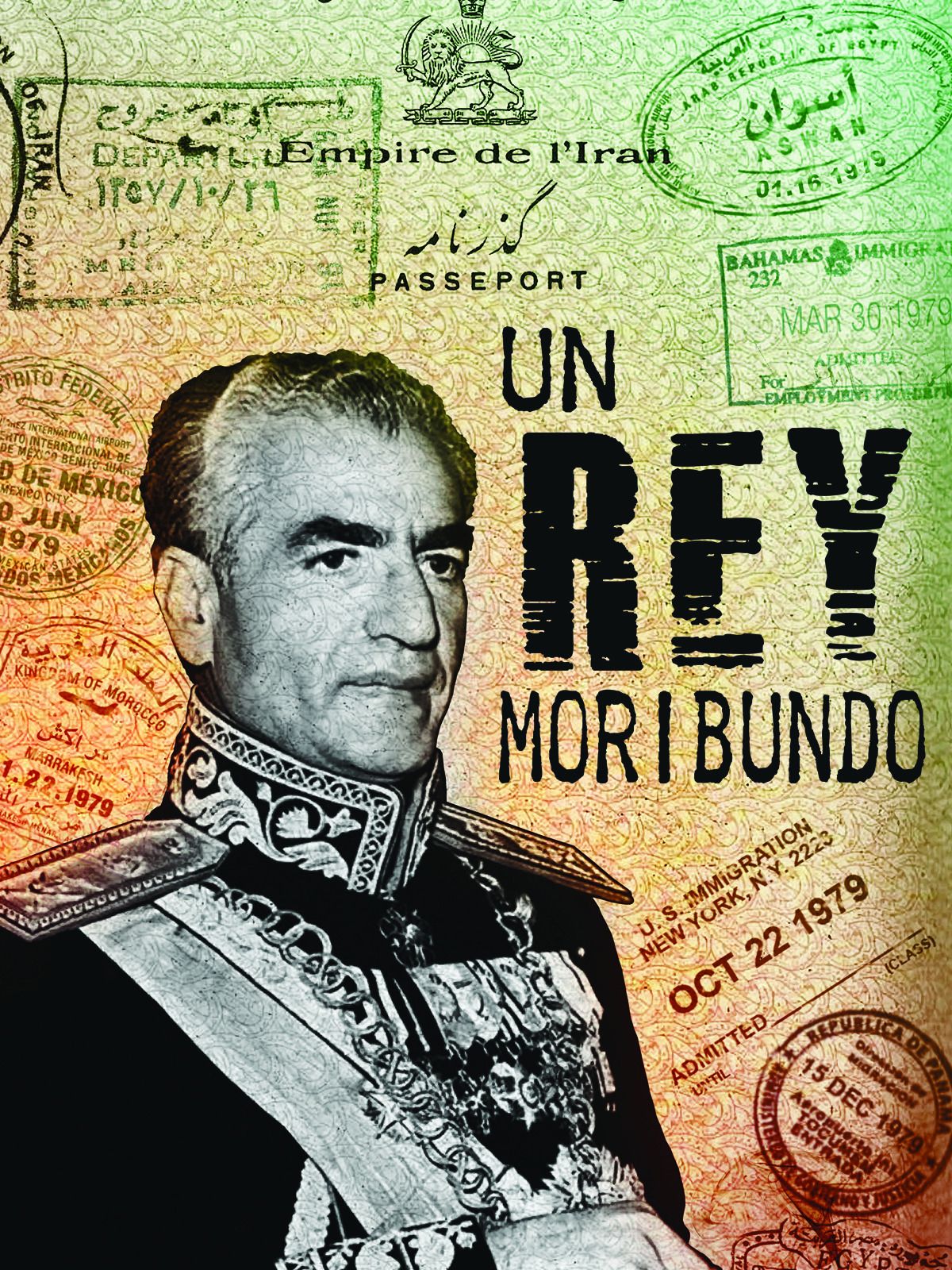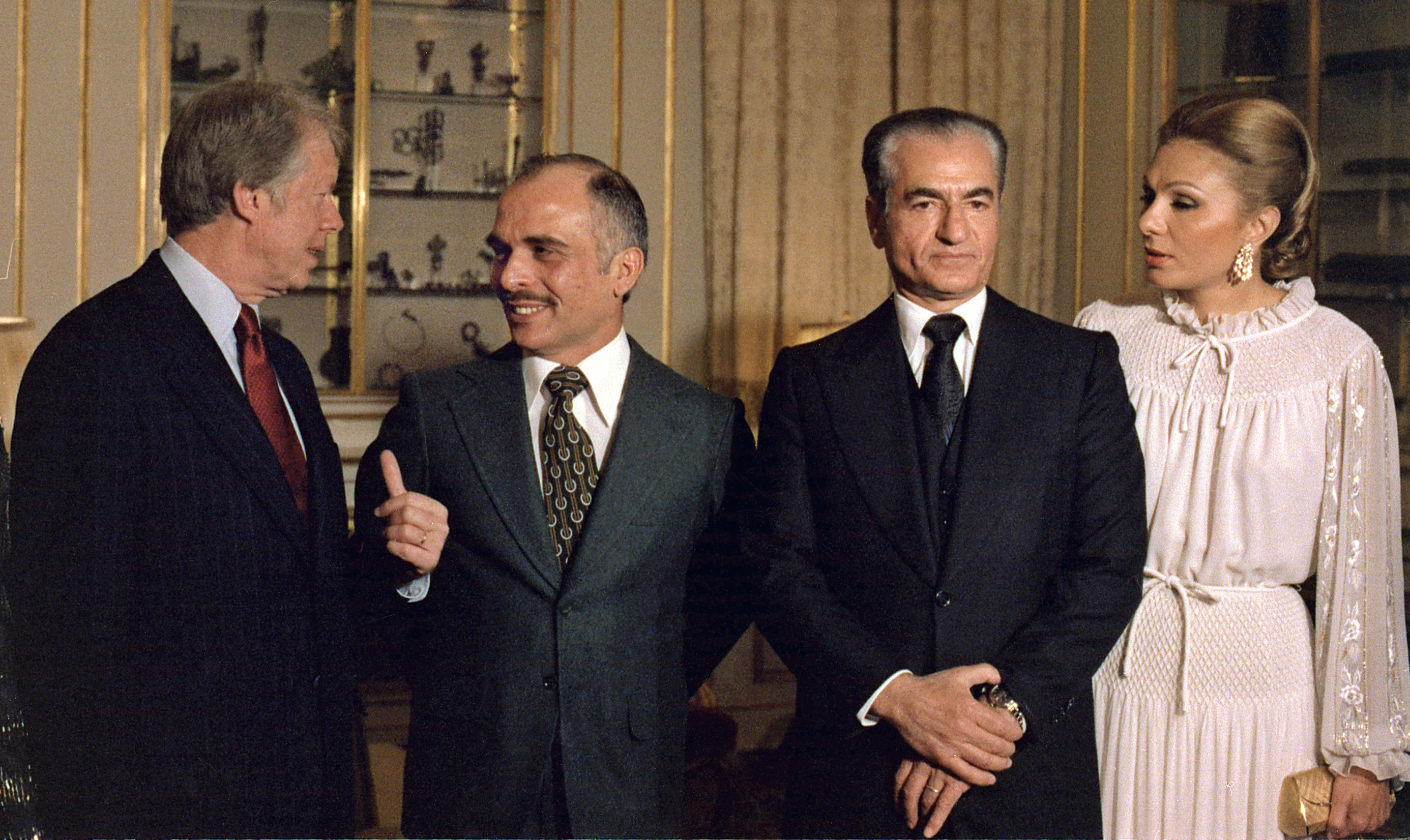A Dying King The Shah Of Iran

The world watches with bated breath as the health of Shah Mohammad Reza Pahlavi, the exiled King of Iran, deteriorates rapidly. Once a towering figure on the global stage, his reign, marked by both modernization and authoritarianism, is now overshadowed by a desperate fight for survival. His uncertain future casts a long shadow, impacting not only his immediate family and supporters but also the delicate political landscape of the Middle East.
At the heart of this unfolding drama is a man battling advanced cancer, seeking refuge and medical care amidst a complex web of international politics. The Shah's exile, precipitated by the 1979 Iranian Revolution, has been followed by a relentless search for a permanent sanctuary and effective treatment. His condition raises profound questions about the legacy of his rule, the future of Iran, and the role of international actors in a region simmering with unrest.
The Shah's Failing Health
Reports from medical professionals close to the Shah paint a grim picture. While specific details regarding his exact diagnosis are closely guarded, it is understood that he is battling advanced lymphoma. Treatment options are reportedly limited, and his physical condition has weakened considerably over the past several months, according to sources within his inner circle.
The Shah's medical odyssey has taken him from Iran to Egypt, Morocco, the Bahamas, Mexico, and ultimately, the United States. His arrival in the US in late 1979, ostensibly for medical treatment, sparked outrage in Iran and further fueled anti-American sentiment. This decision, approved by President Jimmy Carter, has had lasting consequences on US-Iranian relations.
Exile and Political Ramifications
The Iranian Revolution, led by Ayatollah Ruhollah Khomeini, fundamentally altered the political landscape of Iran and the Middle East. The overthrow of the Shah marked the end of decades of monarchical rule and ushered in an era of Islamic governance. The revolution continues to resonate globally, impacting geopolitical alliances and international security.
The new Iranian government demanded the Shah's extradition to face trial for alleged crimes against the Iranian people. The US government refused, citing humanitarian concerns and the potential for an unfair trial. This refusal led directly to the hostage crisis at the US Embassy in Tehran, further straining relations between the two nations.
The Shah's presence in exile has become a rallying point for various factions, both within and outside Iran. Loyalists who yearn for a return to the pre-revolutionary era see him as a symbol of hope. Conversely, the current Iranian regime views him as a symbol of oppression and foreign interference.
Searching for a Sanctuary
Finding a permanent sanctuary for the Shah has proven to be a diplomatic minefield. Many nations are wary of providing him refuge, fearing repercussions from the Iranian government. His presence represents a potential flashpoint and a reminder of a deeply divisive period in Iranian history.
His supporters have appealed to various governments, arguing that he deserves humanitarian consideration and protection. They highlight his contributions to Iran's modernization and his role as a key US ally during the Cold War. However, the political realities often outweigh such appeals.
President Anwar Sadat of Egypt, a long-time friend of the Shah, has offered him asylum. This act of defiance against the prevailing political winds in the region underscores the complex web of alliances and rivalries that characterize the Middle East. Egypt remains one of the few places where the Shah is welcomed without reservation.
The Legacy of a King
The Shah's reign was marked by ambitious modernization programs, including industrialization and expansion of education. He also oversaw significant improvements in infrastructure and healthcare. These efforts, however, were often criticized for their top-down approach and failure to address deep-seated social inequalities.
His critics accused him of authoritarianism, suppression of dissent, and corruption. The SAVAK, the Iranian secret police, became notorious for its brutality and human rights abuses. These issues fueled resentment and contributed to the growing opposition that ultimately led to his downfall.
Possible Future Scenarios
The death of the Shah would undoubtedly have a profound impact on Iranian politics and the diaspora community. It could potentially embolden opposition groups seeking to challenge the current regime. However, it could also lead to a period of reflection and re-evaluation of Iran's past.
His passing might also open new avenues for dialogue and reconciliation between Iran and other nations. While the wounds of the revolution remain deep, the absence of the Shah as a focal point of contention could create opportunities for improved relations. This is viewed as unlikely by many political analysts, but it is still possible.
Ultimately, the Shah's legacy will be debated for generations to come. He will be remembered both as a modernizing force and as an autocratic ruler. His story serves as a cautionary tale about the complexities of power, the challenges of modernization, and the enduring impact of political revolutions.















